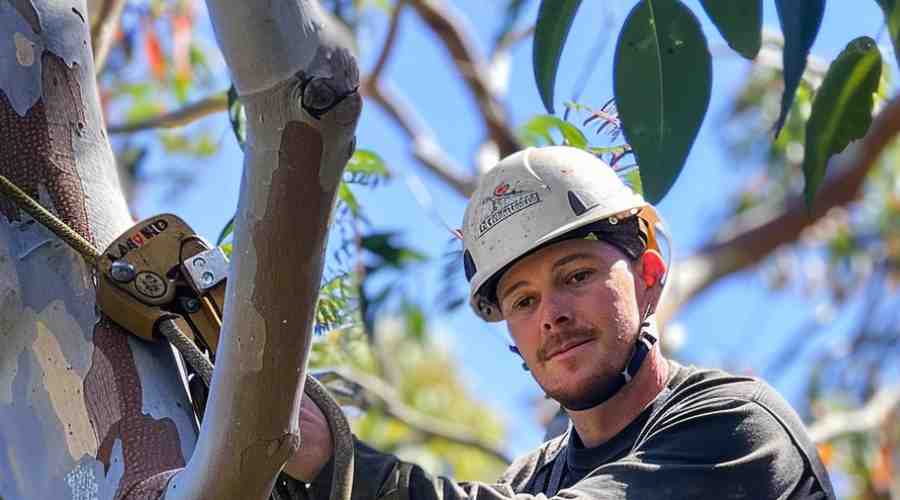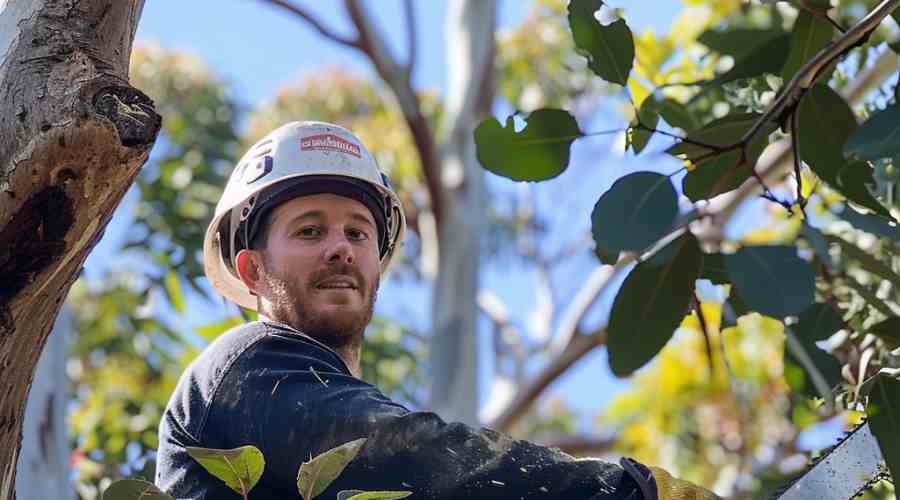Tree Pruning vs Tree Lopping
What’s the Difference Between Tree Lopping and Pruning?
If you look out into your garden and feel your tree needs some professional attention, you may find yourself, like many people, wondering—should I get pruning or lopping services?
It’s a common confusion many tree owners have when deciding on maintenance. The terms sound similar, but have some key differences.
Below we’ll explain exactly what pruning and lopping are, when each is ideal, and how to choose between the two for your tree’s needs in different sections of your property.
What is Tree Pruning?
It refers to trimming of tree branches to encourage growth and maintain good health.
Specifically, its main goals include:
- Removal of diseased, dying, or dead branches and leaves
- Crown thinning to allow light and air flow
- Shaping and balancing the tree’s height and width to improve appearance
- Cutting dangerous branches
- Training younger shrubs
There are also more specialised pruning techniques professional arborists use:
- Crown lifting: Removing lower branches for clearance
- Thinning: Selectively removing smaller inner branches
- Crown Reduction: cutting back tips of larger branches
No matter the exact methods, pruning in general is more of an ongoing maintenance practice for tree health, longevity, and aesthetics.
What is Tree Lopping?
It refers to cutting main branches and stems to dramatically reduce the height and spread of a tree. Essentially it helps change and control the overall size and shape.
It is generally done only for:
- Removing large, unhealthy limbs
- Working with urgent hazards or damage
- Completely changing a tree’s structure
Because it removes more significant branches, lopping has a much more drastic impact than regular pruning maintenance.
It’s usually only undertaken when a more urgent or substantial change is needed.
Differences Between Pruning and Lopping
While both deal with careful cutting of a branch or canopy, some main differences between lopping and pruning are:
| Pruning | Lopping |
|---|---|
| Ongoing maintenance | Infrequent, major impacts |
| Removes smaller damaged branches | Removes large limbs |
| Shapes, but doesn’t drastically reduce size | Substantially alters height & width |
| Thinning and clearing for health | Urgent structure changes |
When to Choose Pruning vs Lopping
Generally, pruning is ideal for regular, protective care and maintenance. It lightly trims while improving mature tree health.
Lopping is best for urgent, hazardous scenarios where substantial cuts and size reductions are needed.
If your tree shows signs of disease, asymmetry, or crossing branches, pruning is likely the best fit. This helps it rebalance and revive strength while maintaining its overall form.
However if you experience major storm damage, dangerous cracking/leaning, or need to reduce shade/size from neighboring buildings, lopping is probably required for the bigger interventions needed.
Either way, it’s always smart to have a reputable arborist’s professional recommendation before any serious tree work. They can assess your exact situation and advise on the best tree maintenance plan, maximizing the benefits for your trees.
Turning to the Experts
As you can see, pruning vs lopping has some differences in appropriate uses and severity. But both require professional expertise for complete safety and best practice care of your beloved trees.
Here at Smart Tree, our qualified arborists have decades of experience with all types of pruning and lopping work. We’d be happy to walk your property and provide specific maintenance advice tailored to your landscape’s unique needs.
Feel free to contact us whether you know exactly what tree services you need, or just have general questions on getting your yard back to full health. Our team of experienced tree loppers brings passion, skill and thoughtful recommendations to every job.
Pro Tip: To protect your trees against diseases, hire a professional tree company to safely remove hazardous branches like water sprouts, dangerous deadwood, and crossing limbs that can place extra weight on the tree. Always follow laws around trees on your property. Have specialists in tree cutting advise on pruning versus more extensive interventions based on relevant regulations in your area. With the right experience, you can both maintain healthy trees and avoid dangers.


